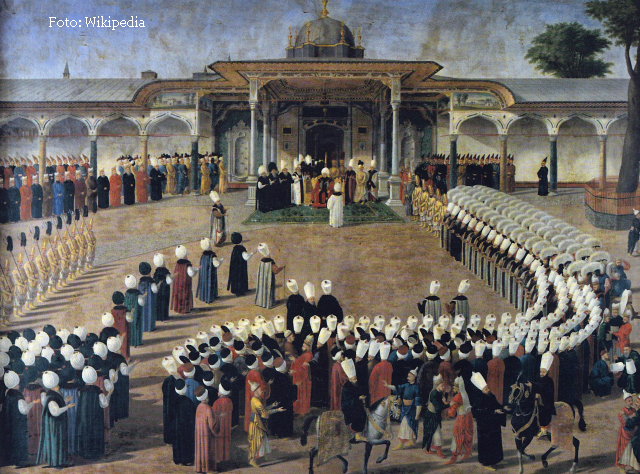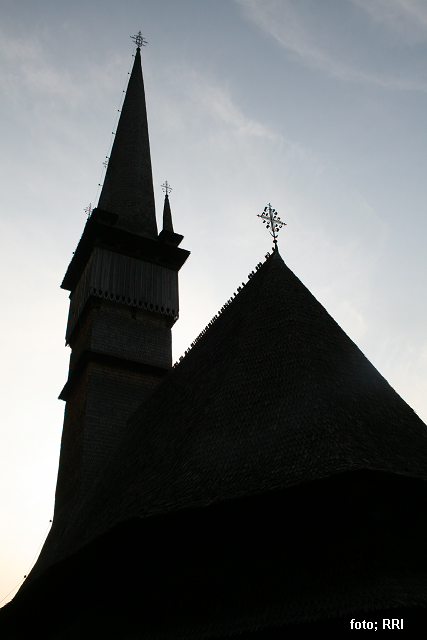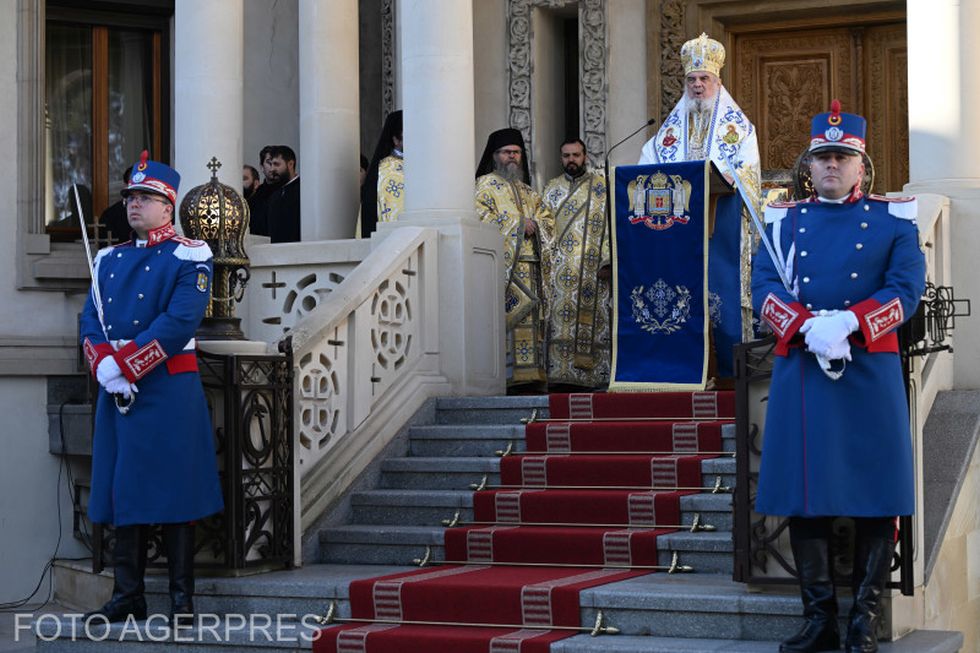Romanian Principalities’ Tribute to the Ottoman Porte
Being located in a region controlled by the Turks, the Romanian Principalities had to pay tribute to the Sublime Porte.

Steliu Lambru, 06.01.2014, 12:29
The Ottoman sphere of influence covered several states which were gravitating on the geopolitical orbit of the Empire. Being located in a region controlled by the Turks, the Romanian Principalities had to pay tribute to the Sublime Porte. The economic obligations or the tribute paid by the Romanian Principalities to the Porte varied along the years, becoming an increasingly heavier burden. One of the most toxic effects of that was corruption. The emergence, crystallisation and persistence of a bribe culture, which stifled economic development, were even worse than the existence of economic obligations as such. Romanian reformers in the late 18th century and early 19th century considered the Principalities’ duties to the Porte the main cause of the poor management of public money, which in turn triggered a disastrous economic situation.
The payment of tribute started with the so-called “haraci”, during the short rule of Vlad I the Usurper, in Wallachia, in 1395. The “haraci” became a constant duty, which would be paid by successive rulers, even by the descendents of Mircea the Old. As regards Moldavia, during the rule of Petru Aron, the first “haraci” was paid in the summer of 1456, as a consequence of a political agreement signed in 1455. Historian Bogdan Murgescu from the Faculty of History with the Bucharest University briefly described the structure of economic obligations paid by the Romanian Principalities to the Sublime Porte during the years.
”The haraci was an established sum of money that the ruler of a vassal country had to pay to the Porte. But the haraci was not the only tribute paid to the Ottoman Empire. There were also the so-called pesches or gifts, which consisted either in money or objects like furs, falcons, horses and other items. The quantum of the haraci varied along the years. At first, the haraci was the most important payment, and the pesches were occasional gifts. In a nutshell, this was the list of economic obligations.”
The history of the Ottoman power shows how the economic obligations changed along the years. When the sultans were carrying out military campaigns, to expand the empire, the tributes were higher, and vice versa, the tributes got smaller when the decline of the Ottoman Empire started. Bogdan Murgescu:
”With the Romanian Principalities’ growing dependency on the Ottoman Empire, additional claims were made by the Porte. The Turks didn’t require exclusively money, as they also made claims relating to supplying of the Ottoman armies or of the ottoman strongholds, and even to the supplying of Constantinople itself. They also requested products, a certain number of animals, wood for ships and constructions, and sometimes even labour force for military constructions.”
The ascension to the throne in the two principalities was the result of a real bid. Huge amounts of money were requested by the Porte and those claiming the throne didn’t hesitate to pay them, regarding the payment as an investment.” Here is Bogdan Murgescu again.
“ Amounts of money were raised unofficially in a move that had more to do with haggling for the princely throne. Boyars used to pay their way to the throne or to bribe the ruler to keep their positions at the court. The bribes consisted mainly of money, jewellery or valuable artefacts. In order to keep his throne, the vassal king had to bribe the sultan or the high dignitaries in Istanbul. As most of the rulers were appointed by the Ottoman Porte, these bribes were increasingly higher exceeding the official tribute. The money paid for the throne in the 16th century exceeded the official amounts and all the other duties that had to be paid to the Porte. This custom of bribing one’s way to the throne lasted until the 17th and the 18th century. ”
The harach would go directly into the official treasury of the Ottoman Empire, while the peschesh was the personal money of the sultan, his wife, the great councillor or other dignitaries of the empire. Bogdan Murgescu told us more about how these economic contributions used to be a burden for the Romanian provinces as compared to other regions of the Ottoman Empire.
”The Romanian Principalities were only a small part of the territories under Ottoman occupation and so was their financial contribution to the Empire, which accounted for less than 10% of the official amount of the total tribute paid to the Porte. But the bribes paid to the high-ranking Ottoman officials at that time were significantly higher than the tribute. And the Turks collected more money in bribes from the Romanian Principalities than from the territories under the administration of Ottoman governors. So, it was good business for the Porte to preserve the autonomy of the Romanian Principalities. And the rulers of these Principalities were bringing more money to the empire than the provinces under their administration.”
The Ottoman influence started to dim in late 18th century and early 19th century, and so did the financial contributions to the Porte. The last contribution, the harach, disappeared in 1877, when it was used to fund Wallachia’s armed foreces, which eventually brought its independence.






























